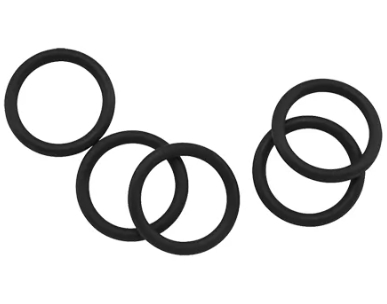Development process of battery separator
- By: JinHan
- Sep 19,2022
follow us
In the 1950s, starting batteries mainly used wooden separators. Because they had to be used in wet conditions, the negative plates were easily oxidized, and the initial charging time was long, and they could not be used for dry-charged lead batteries. In particular, wooden separators are not resistant to oxidation and corrosion in sulfuric acid, resulting in short battery life. In order to improve the life of lead-acid batteries, it is proposed to use wood separators and glass wool as separators, which doubles the life of the battery, but the internal resistance of the battery increases, which has an adverse effect on the battery capacity and starting discharge, and can also meet the standard requirements at that time.
In the mid-1960s, the microporous rubber separator appeared, which significantly improved the battery life due to its good acid resistance and oxidative corrosion resistance. And promote the improvement of the battery structure, reduce the center distance of the pole plate, so that the starting discharge performance and volume specific energy of the battery are greatly improved. Because of the excellent performance of the microporous rubber separator, from the 1970s to the early 1990s, it dominated the lead-acid battery unemployed. The disadvantages of the microporous rubber separator are: the speed of being impregnated by the electrolyte is slow, except for the tropical area, lack of resources, complicated manufacturing process, and high cost. In addition, it is not easy to make thinner finished products (difficulty when the thickness is below 1mm). At the same time as the production of microporous rubber separators, sintered PVC separators and later soft polyoxyethylene separators also appeared. This kind of separator is not much different from the rubber separator, but it was very popular in the 1980s.
Since 1993, due to the increase in the cost of microporous rubber separators, there has been a shortage of PVC separators. In the 1990s, PP (polypropylene) separators, PE (polyethylene) separators, ultra-fine glass fiber separators and their composite separators appeared one after another. There have also been fiber paper separators, which have good electrical resistance and porosity, but poor corrosion resistance and mechanical strength, and large pore sizes, so they cannot be used in large quantities. At present, polyethylene bag separators are widely used in automobile batteries in the world. The PE separator has small pore size, extremely low resistance and extremely thin substrate, and is easy to be made into a bag type, which is suitable for the continuous production of batteries. PP separators are gradually accepted by automotive battery manufacturers.
--End--

 English
English Russian
Russian Portuguese
Portuguese Arabic
Arabic Bangla
Bangla Indonesian
Indonesian








